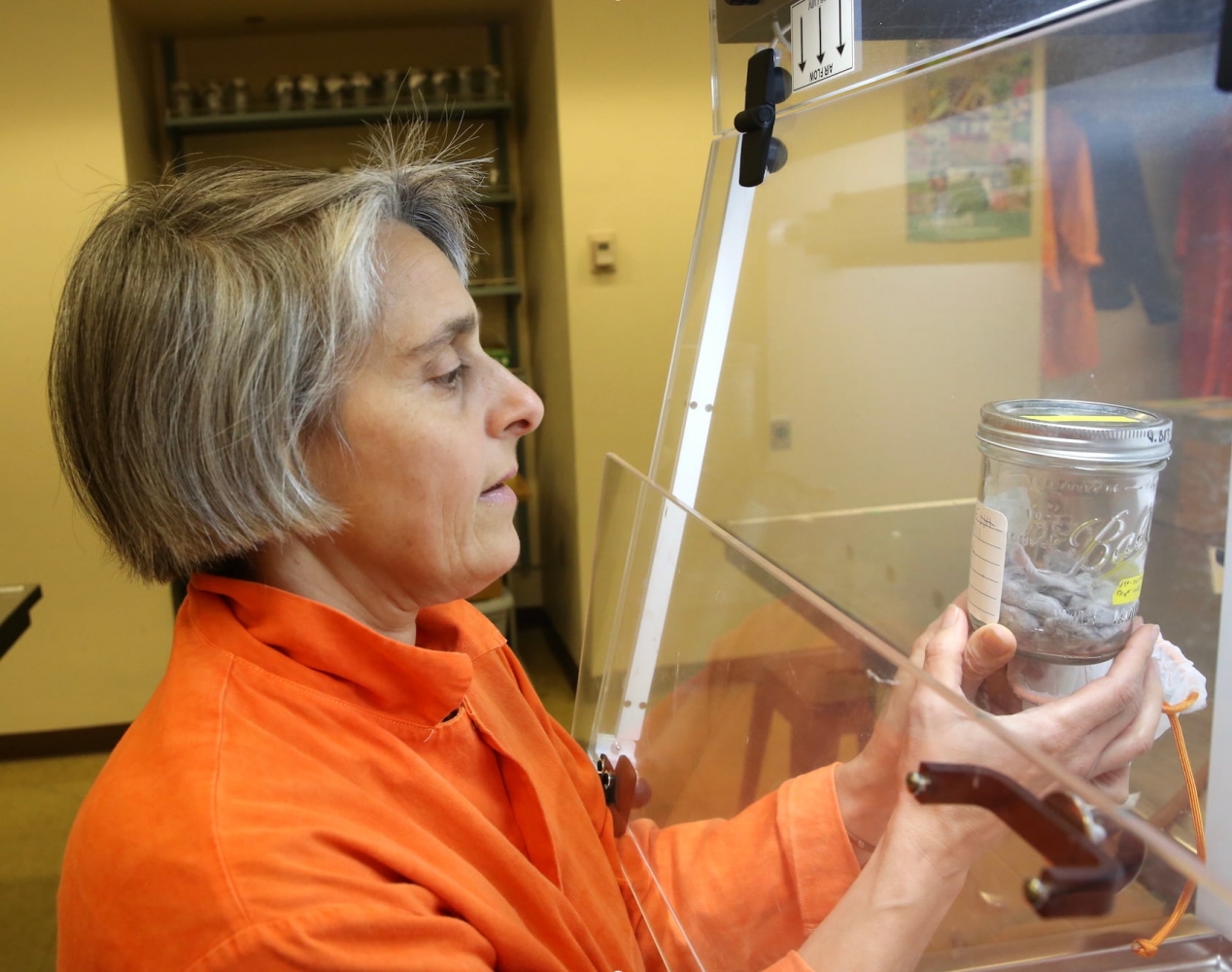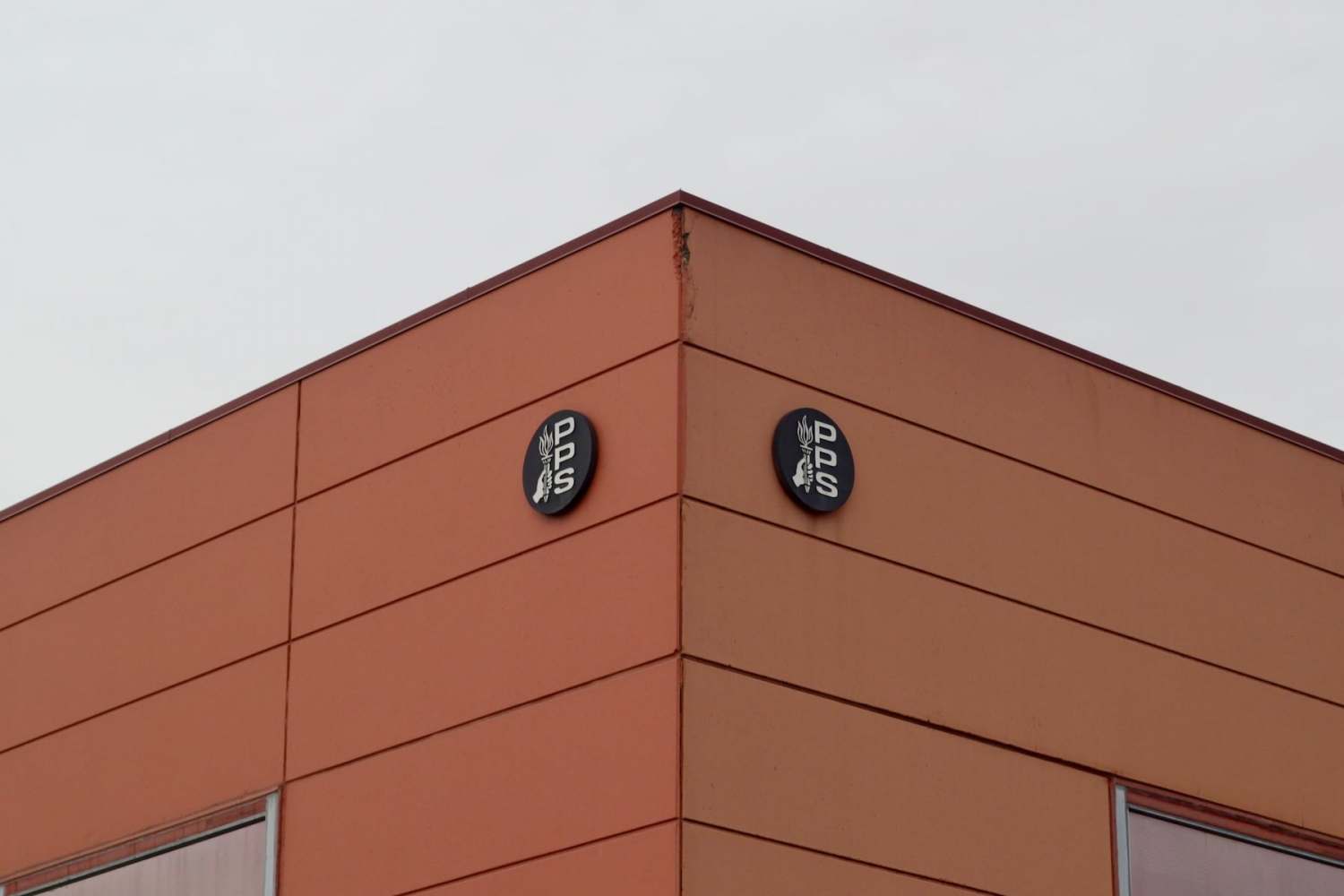

Published on: 11/23/2025
This news was posted by Oregon Today News
Description
For years we’ve been hearing about how microplastics are everywhere: from our environment to in our foods, and inside our bodies.
There’s even talk that as we move into Earth’s next geological era, our current one will be marked by a distinct new layer of microplastics around the planet.
The plastics come from countless industries and products, including food packaging, car tires, irrigation tubing and clothing.
Your favorite fleece, for example, is probably 100% polyester. And every time you put it in the washing machine, or the dryer, it spins around and releases tiny plastic particles that go straight into the water system or the air.

Cannon Beach resident Mickey Moritz does a lot of laundry; she has three kids. Last year, she heard that Portland State University was studying microplastic releases from washers and dryers.
“They didn’t have to do much convincing,” she said. “I knew about the microplastics problem. And with a background in science I’m always supportive of helping get studies done.”

PSU’s study enlists 90 households from the Oregon Coast: Cannon Beach, Depoe Bay, Yachats and Pacific City. Researchers attached filters to participants’ washing machines and dryers to see how many microplastics they are releasing.
Every six months, Moritz and the other participants clean their filters and send the contents to PSU.
“We’ve heard a lot about microplastics on the beach,” said Moritz. “We know a lot of plastic washes up and ends up in our sand.”
Scientists have found that plastics are a significant source of endocrine-disrupting chemicals, like phthalates. They leach into food, particularly when heated, and can interfere with the body’s hormones and reproductive system.
“We don’t cook in plastic,” Moritz said. “We don’t save food in plastic.”
The filtered lint from the appliances in those 90 homes ends up with Elise Granek, who runs the Applied Coastal Ecology Lab at PSU. She’s trying to expand the scope of microplastics research.
“Are we going to just do another research project finding microplastics in another species and finding negative effects in another species?” Granek asked. “What if we actually tried to look at some solutions?”
Her team’s solution is to see whether it’s possible to filter out some of the microplastics that get released from household appliances.

There are already companies in China and Japan, Granek said, that make washing machines with internal filters. But they are not sold in the U.S.
“One of the things we’re trying to figure out is: How do we work with an American washing machine company and dryer company to pilot a line that has these internal filters?” Granek said.
Research from Europe shows new filter technology might only add $10 to the cost of a new machine.
Granek said research also indicates it might be particularly important to keep microplastics from clothes out of the environment, because of the shape of the particles they release. Round grains of plastic appear to travel through a body but a fiber, from something like a polyester fleece, is more likely to get caught in things like muscle cell walls.

“For example, when we look in fish tissue or bivalve tissue, what we see most is actually the fibers,” said Granek.
Back at her home, Mickey Moritz explained how she was cleaning her washing machine filter.
“We take this lid off and this bag inside is full of whatever has been collected as well as a ton of water,” she said. “You can see it tends to get moldy and doesn’t smell great.”
She scrapes out the contents of the filter with a spoon, to send to PSU. It just looks like wet, grey lint. Microplastics aren’t visible, but they’re probably in there.
Moritz says cleaning the filter is an awkward operation that’s fine for scientific research, but not something the average consumer is likely to want to do.
She believes a more technological fix will probably be needed if the idea is to become mainstream. Moritz also said society isn’t going to go back to buying clothes just made of natural fibers like cotton and wool.

“We like our synthetic coasts, synthetic insulation, fleece jackets,” she said. “Because of the area where we live, it would be tough to replace some of those items.
“Kids are going to want the cool clothing. And a lot of that is synthetics. I’m not going to say no to that.”
Over the next few months, researchers at PSU will count how many microplastic particles are in the various filters.
One of the first questions they’ll likely be able to answer: Which machines release more particles? Washing machines or dryers?
Then it’s on to another study, which will place filters over storm drains to find out how many microplastics get washed off the roads.
News Source : https://www.opb.org/article/2025/11/23/psu-study-curbing-microplastic-release/
Other Related News
11/23/2025
Wayne Knights 58-yard touchdown run in the fourth quarter put No 21 James Madison ahead to...
11/23/2025
Demond Williams Jr scored on two quarterback keepers and threw for two touchdowns and Alex...
11/23/2025
A weekend of sarcasm on stage in Ashland Dont get me started Is the city famous for the Or...
11/23/2025
We laid out our concerns last week about Portland Public Schools proposed purchase of the ...
11/23/2025











